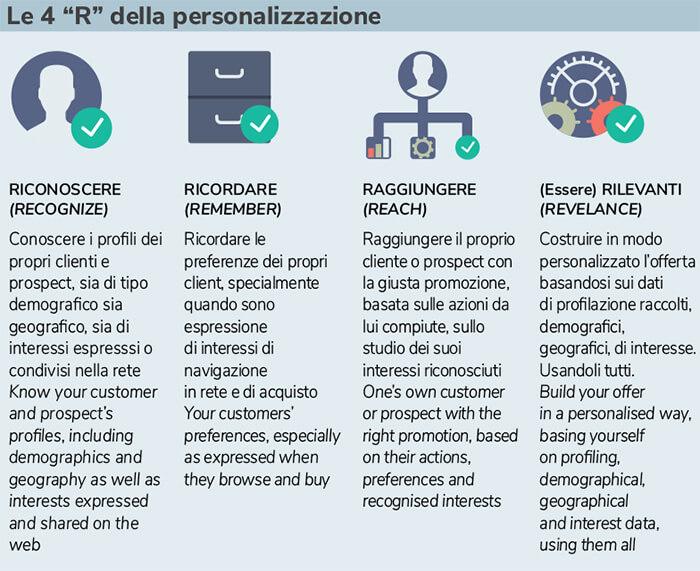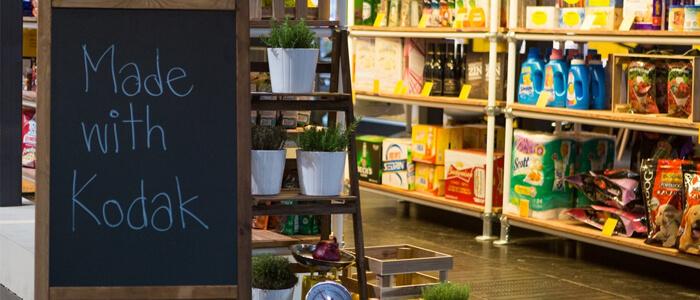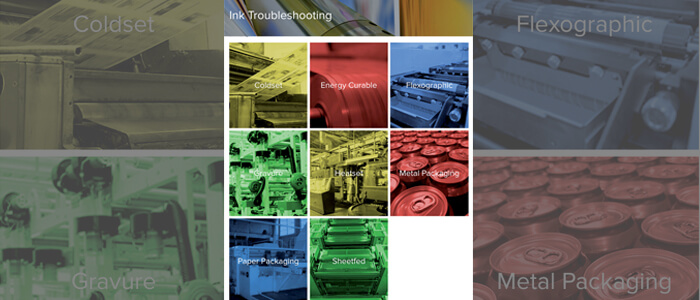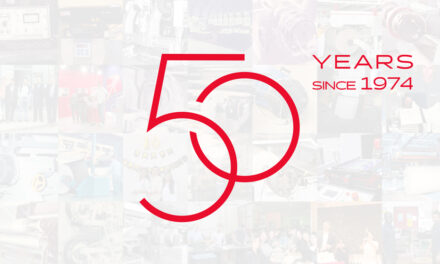The technique of personalisation, known as one-to-one marketing, is the most important phenomenon of marketing strategies to have emerged over these last few years. It embraces all types of communication, both digital and physical.
Package printing personalisation is associated with sizeable changes in consumer behaviour. Today the single user of a goods item likes to receive information, messages, contents, as close as possible to their needs, but also to their inclinations, passions and general preferences. This phenomenon has experienced and is experiencing a strong acceleration, gradually coming to feature in the most diverse sectors and moments of our everyday lives. In little time the expectation of receiving strongly personalised direct mail has evolved into the desire for the book with ones own name on the cover, or on the cover of one’s mobile, or perhaps the Muesli pack bearing an inscription to Mum or the fiancé. The reasons are simple and recognised by all marketers the world over. They have a common denominator, well highlighted, for example, by the third edition of the annual “Global Review of Data-Driven Marketing and Advertising”, a research carried out by the Global Data Marketing Association in 18 countries on over 3000 marketers in big concerns. According to 91.8% of respondents, the central role of the customer is undoubtedly the starting point of any marketing or communications activity – and this is strictly linked to the personalisation of the message, reason for which it is estimated that variable data printing will grow at 16% each year from here till 2020, when it will reach a value in turnover of approx. 22 billion dollars. A trend this mainly guided by a strong growth in demand, aboveall in the pharma and food&beverage sectors.
Clusters
In package printing personalisation can take on a different meaning. The personalised Coca Cola, Ferrero and Nutella labels bearing people’s names, labels bearing sayings of the regions in which the products will be distributed, stand as eloquent examples. In this case, more than 1:1 marketing we are speaking of Cluster Marketing, inasmuch as the message is created and aimed not so much at a single potential customer but at a group, or cluster, where marketing studies have identified common characteristics, the cluster hence being seen capable of receiving and recognising “clusterized” messages the same as personal ones.
Differentiation
There is then a third type of personalisation that has recently made an appearance in package printing, this too conveyed by giants like Coca-Cola and Ferrero. It is not done in relation to the interests of the addressee, but to univocally customise the packs of a given product. It induces the user into a behavior of seeking the personalised pack that corresponds to a different product; in other words, here the packaging helps identify the product.

The technology involved
If we consider these three marketing approaches with a mind to the production processes with which the packaging in question can be made, we have to speak of print technology and workflow. For a printer/converter there are two fundamental matters to be considered when speaking of personalisation.
- The first involves print technology. If 1:1 marketing is involved, or that is the goal being to obtain an individually personalised pack with an economically sustainable process, currently digital is resorted to – not that there are really any alternatives. When speaking of clusterisation the situation is different. As occurs in graphics and publishing, the break-even point in digital as well as traditional print depends on many factors and is continually subject to change, in terms of technological innovation as well as the different business models and processings implemented by the print and converting firms. Printers are advised to stay up to date because change is fast – aboveall in terms of improving automation and efficiency, whatever the print technology used.
- The second point, cross-cutting and necessary to every kind of personalisation, is the capacity to manage data. Operating with the necessary level of efficiency means working with a production process in which the various workstations are connected up and dialogue together, as well has having connecting channels with the direct customer, this so as to be able to effectively manage the direct customer’s own data as well as the data of the direct customer’s customers. It is that Industry 4.0 logic that stands as the organizational and relational model to be adopted in order to be able to continue to successfully compete on innovatory terms.



















